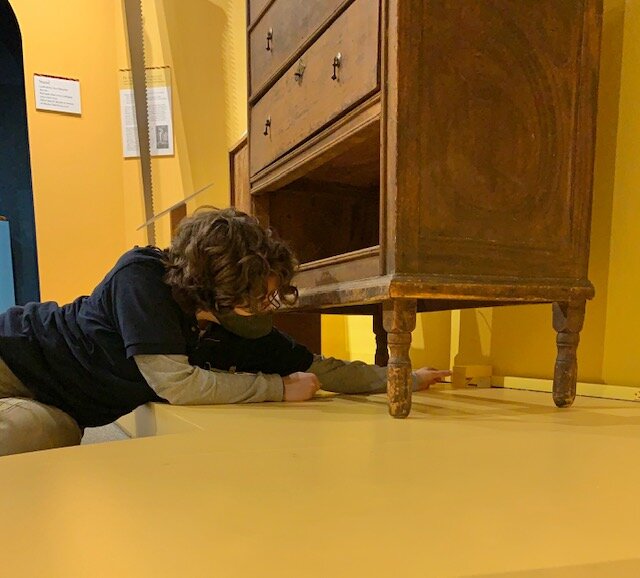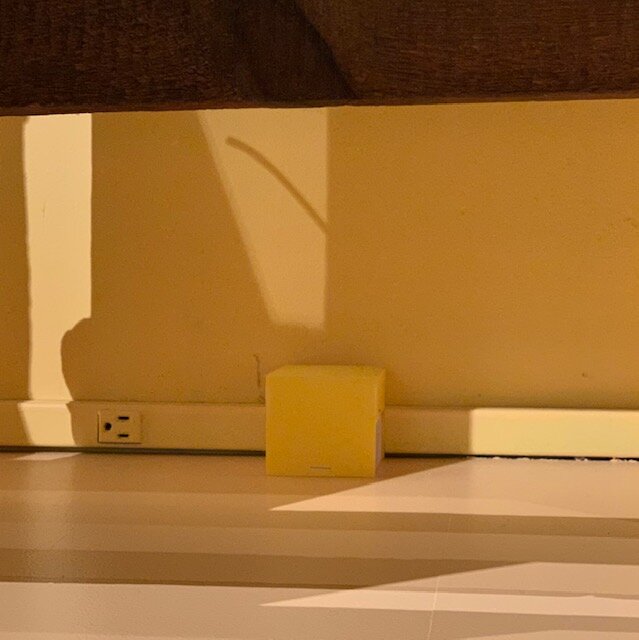Historic Deerfield is proud to welcome visitors from all over the world, but when it comes to the insects that also call western Massachusetts home, we would prefer that they observe our historic houses from the outside. However, since spiders and other insects are wont to set up house wherever they like best, the museum has put in place a program to keep track of these tiny intruders. This system is known as an integrated pest management program, or IPM.
The main purpose of this program is not to eliminate bugs from the houses. Rather, we use this program to monitor what bugs come into the houses, and then identify them to make sure that they don’t pose a risk to the collection. For the most part, the insects that pass through are harmless, but there are some that would require we take further action. While pests like bugs are a natural part of the world, they can’t tell the difference between the wood of a tree and the wood of a unique historic desk.
The IPM system at Historic Deerfield is driven by a series of 100 sticky traps that are placed throughout the museum. These are generally situated in out-of-the-way, unobtrusive areas. This is both to reduce their visibility to visitors as well as increase the chance that they will be in the bug’s path. Each month the traps are collected, the insects identified, counted, and then new traps are put out. The data is compiled in a spreadsheet that is used to track patterns and identify any new issues. We are looking for any patterns in the bugs that we see, such as when they emerge in the spring, or if there is a spike that could indicate other issues. A sudden spike in one of our “danger” bugs, moths for example, would necessitate several actions. If at all possible, the most tempting sources of food would need to be removed from the house. Then, housekeeping efforts would focus on removing any existing moths as well as disrupting any areas where they might be hiding. After this, monitoring would continue to see if further action was required. Using these methods to address pest issues reduces the need for chemical pesticides, which is better for both the objects as well as the people within the museum.
This is a basic description of what Historic Deerfield’s IPM plan looks like, and even this plan is still evolving. It is a collaboration between several departments and people who are all working together to keep the objects and houses safe, which of course is the ultimate goal. We are all doing whatever we can to keep the objects safe, and to keep Historic Deerfield a great place to visit.
Further information about IPM plans:
“Introduction to Integrated Pest Management (IPM) for “Urban” Landscapes.” IPM Access – An Integrated Pest Management Online Service. Last modified August 4, 1995. IPM Access – An Integrated Pest Management Online Service.
Parker, Thomas A. “Emergency Management 3.10 Integrated Pest Management.” Northeast Document Conservation Center. Last modified , 2015.

